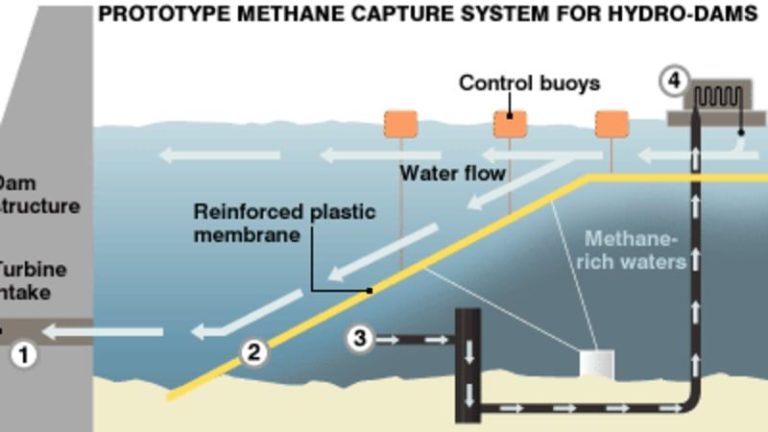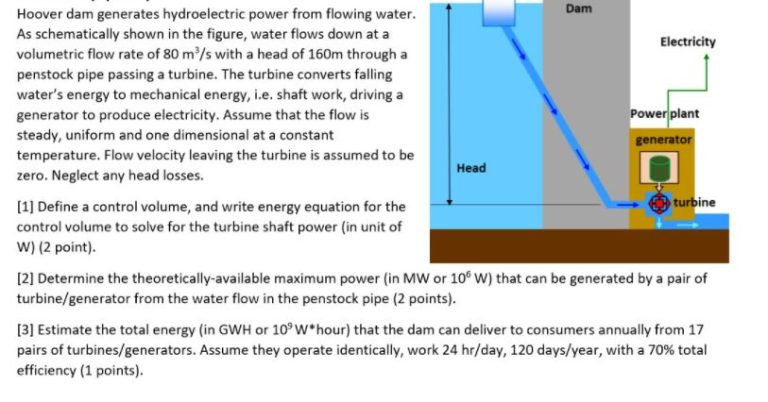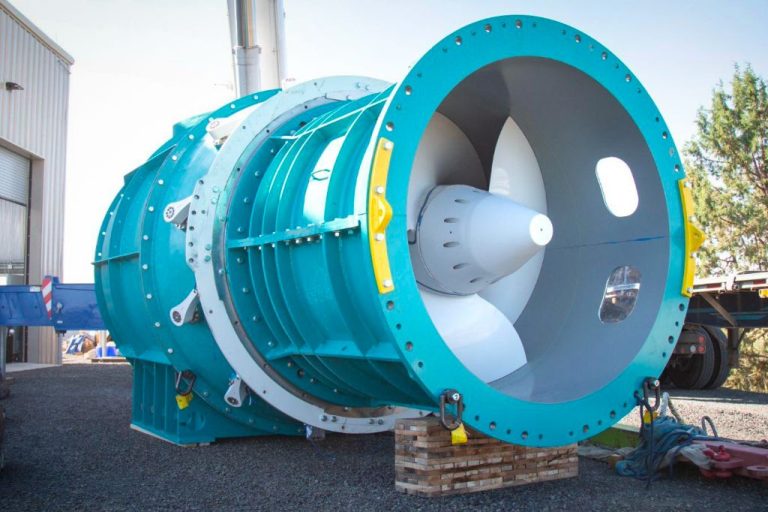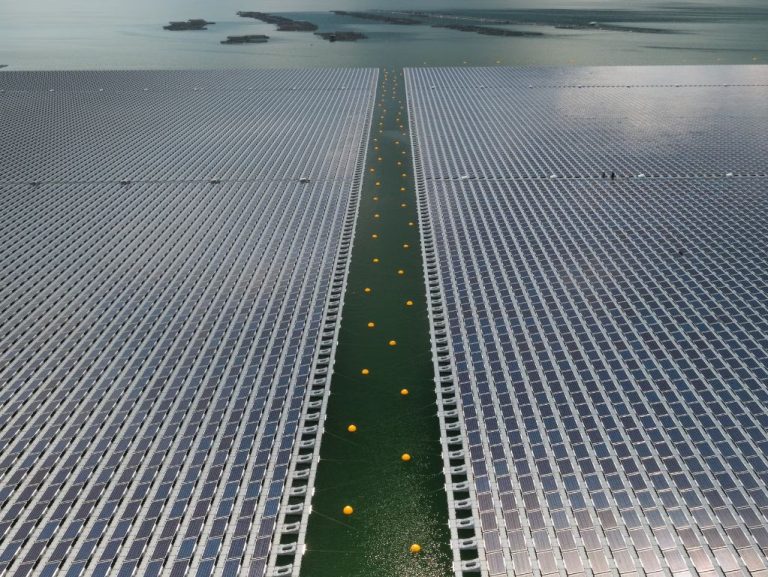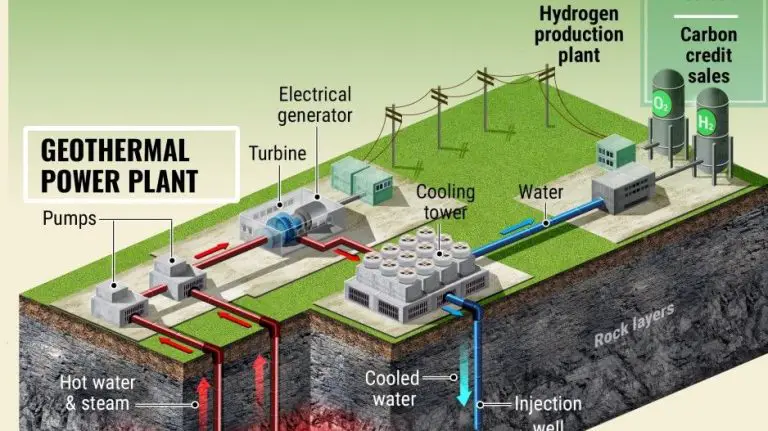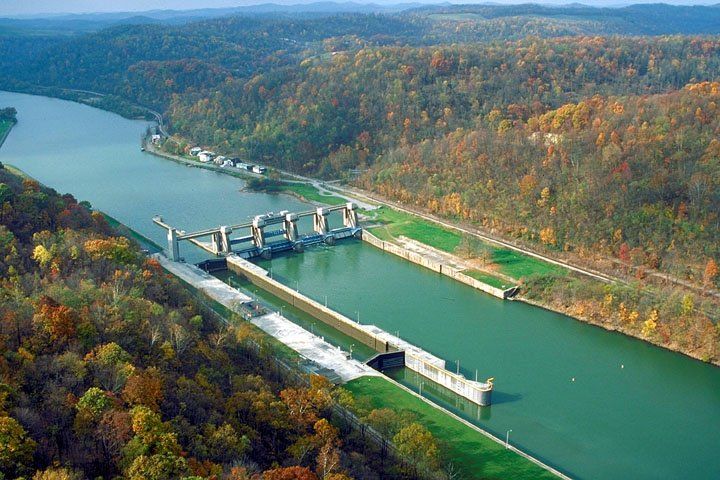What Percentage Of The World Uses Hydropower 2023?
Hydropower is one of the most important renewable energy sources globally, accounting for over 16% of total electricity production worldwide. It generates electricity by utilizing the power of flowing or falling water to spin turbines connected to generators. As a renewable resource, hydropower relies on the water cycle and does not produce greenhouse gas emissions, making it a clean and sustainable energy option. With most hydropower infrastructure having a lifespan of 50-100 years, it serves as a stable long-term energy solution for many countries. This article will provide an overview of current global hydropower usage, growth trends, benefits, limitations, and the future outlook for this essential renewable resource.
Current Global Hydropower Usage
Hydropower is one of the most significant renewable energy sources for electricity generation worldwide. According to data from the International Energy Agency (IEA), hydropower accounted for 17% of global electricity generation in 2020, making it the third-largest electricity source after coal and natural gas.
The International Hydropower Association (IHA) reports that around 16% of total global electricity generation comes from hydropower. This amounts to approximately 4,400 terawatt-hours of electricity generation per year. In some regions like Europe, North America and South America, the share of hydropower in the electricity mix can reach up to 40%.
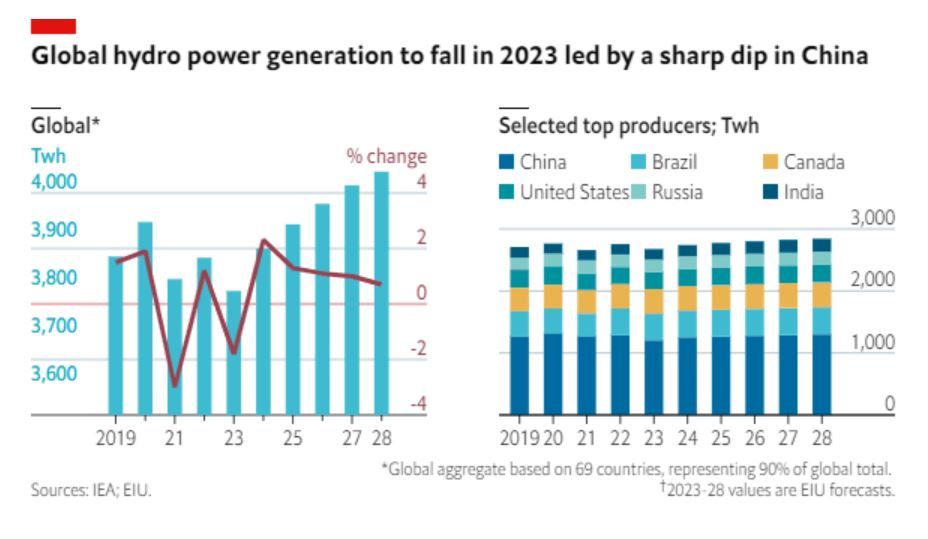
According to the IEA, the top five countries for hydropower generation in 2020 were China, Brazil, Canada, the United States and Russia. These five countries accounted for over 50% of global hydropower generation.
Hydropower Usage by Region
Hydropower generation varies significantly by region around the world. Asia is by far the largest producer of hydropower globally, accounting for around 71% of total generation in 2018 according to Our World in Data.[1] The vast majority of this comes from China, which alone produced over 1,100 TWh of hydropower in 2018. Other major hydropower producers in Asia include India, Japan, Vietnam, and Turkey.
The Americas accounted for about 15% of global hydropower generation in 2018. The United States and Canada are the largest producers in North America, while Brazil and Mexico lead in South America.[1] Europe generates around 10% of the world’s hydropower, with Norway, France, and Sweden as top producers. Africa generates around 3.5% of global hydroelectricity, led by countries like Zambia, Ethiopia and Mozambique. Oceania accounts for less than 1% of worldwide hydropower production.
Overall, hydropower utilization is correlated with a region’s access to flowing water resources like major rivers and mountainous terrain. Countries with greater hydropower potential tend to utilize this renewable resource more heavily in their energy mix.
[1] https://ourworldindata.org/grapher/hydro-consumption-by-region
Hydropower Growth Trends
Hydropower capacity is projected to grow steadily in the coming years. According to a report by MarketsandMarkets, the global hydropower market size is projected to grow from 1,308 GW in 2021 to 1,524 GW by 2026, at a compound annual growth rate of 3.3% during the forecast period. Some analysts estimate the market could reach 2,051 GW by 2031.
There are several factors driving this expected growth in hydropower usage:
- Increasing investments in renewable energy as countries seek to reduce reliance on fossil fuels and meet emissions reduction targets
- Favorable government policies and incentives promoting hydropower development in many regions
- Technological improvements making hydropower more efficient and cost-competitive
- Untapped hydropower resources still available globally, especially in developing countries
- Hydropower’s ability to provide stable baseload power and support integration of variable renewables like wind and solar
With hydropower capacity expanding, its share of global electricity generation is projected to increase from around 16% currently to over 18% by 2040 according to the International Energy Agency (IEA). Regions expected to see the most hydropower growth include Asia Pacific, Africa, and Latin America.
Projected 2023 Hydropower Usage
According to the 2023 World Hydropower Outlook report published by the International Hydropower Association, global hydropower generation is projected to increase slightly from 4,389 TWh in 2022 to 4,464 TWh in 2023, representing a 1.7% increase 1. This modest growth is expected after a strong rebound in 2022, which saw global hydropower generation increase by 9% over depressed 2021 levels. The Asia-Pacific region is forecasted to see the largest growth in hydropower generation from 2022-2023 at 2.4%, led by countries like China, India and Vietnam. Europe is projected to see a 1.6% increase in hydropower output. However, some regions like North America are expected to see declines, with a forecasted 2.2% drop in 2023 hydropower generation compared to 2022.
Looking more closely at individual countries, Norway is expected to remain the largest hydropower producer in 2023, generating around 145 TWh. Brazil, China, Canada and the United States round out the top 5 countries for projected hydropower generation in 2023. Developing countries are driving much of the growth, with countries like India forecasted to increase hydropower output by 3.5% in 2023 as large projects come online. Overall, hydropower is expected to continue supplying over 16% of the world’s electricity in 2023 and remain an essential renewable energy source globally.
Key Countries Using Hydropower
China has become the largest user of hydropower in the world with installed capacity of over 200 GW as of 2012 according to https://www.greenworldinvestor.com/2012/11/17/uses-of-hydropower-energy-hydro-electricity-facts-about-plants-and-dams/. The Three Gorges Dam in China is the world’s largest hydroelectric power station. China is expected to continue expanding its hydropower capacity to meet growing electricity demands.
Canada has the second highest installed hydropower capacity in the world at around 89 GW as of 2012 according to https://www.greenworldinvestor.com/2012/11/17/uses-of-hydropower-energy-hydro-electricity-facts-about-plants-and-dams/. Major projects are underway in Canada including the Site C dam project which will add 1,100 MW of capacity. Canada gets around 60% of its electricity from hydropower currently.
The United States has the fourth largest installed hydropower capacity globally at around 80 GW as of 2012 according to https://www.greenworldinvestor.com/2012/11/17/uses-of-hydropower-energy-hydro-electricity-facts-about-plants-and-dams/. Hydropower accounts for over 6% of U.S. electricity generation and will continue to play an important role in renewable energy expansion plans.
Benefits of Hydropower
Hydropower offers several key advantages as an energy source. First and foremost, it is a renewable source of energy. Unlike fossil fuels which are finite resources, hydropower relies on the water cycle which is continuously replenished by precipitation. As long as there is sufficient water flow, hydropower can be harnessed year after year.
Hydropower is also one of the most cost-effective and reliable sources of renewable energy. The fuel itself (flowing water) is free, so operating costs are low compared to other sources like coal or natural gas. Hydropower plants also have long lifespans of 50 years or more. This provides very stable and predictable electricity prices over time.
In addition, hydropower has very low emissions compared to fossil fuels. According to the U.S. Department of Energy, hydropower emits 70 times less greenhouse gases than traditional fossil fuel plants. It produces no direct waste or pollution, making it one of the cleanest energy sources available today.
With these advantages, hydropower has remained an important part of the global renewable energy portfolio for decades. It provides affordable, reliable, and sustainable power across the world.
Limitations of Hydropower
While hydropower is a clean and renewable energy source, it does come with some limitations. One challenge with hydropower is dealing with seasonal variability in water flow. During rainy seasons, there may be ample water supply, but during dry seasons, water availability drops significantly which can impact electricity generation [1]. Reservoirs and dams help address this issue by storing water, but there are still output fluctuations throughout the year.
Another limitation of hydropower is the potential environmental impact. The dams required for hydropower generation can disrupt natural waterways and damage surrounding habitat and ecosystems. Fish migration can be blocked, and flooding of land upstream of dams can cover forests and wildlife areas [2]. Careful environmental impact assessments are necessary when planning hydropower projects.
Hydropower facilities also tend to have high upfront capital costs. Construction of dams and power generation equipment requires major investment. While costs are usually recouped over time from electricity sales, the initial financial outlay can be prohibitive in some cases [2]. Overall, hydropower’s advantages tend to outweigh its limitations in suitable locations, but the challenges must be considered.
Future Outlook
The future outlook for hydropower growth in the next 5-10 years is promising. According to a 2016 report from the U.S. Department of Energy, the country could grow its hydropower capacity by up to 50 gigawatts by 2050. This would require significant infrastructure investment and upgrading existing facilities, but has the potential to provide clean, renewable energy to millions of new customers.
Globally, the International Energy Agency forecasts hydropower generation increasing by 17% between 2019 and 2030 under its Sustainable Development Scenario. The greatest capacity growth is expected in developing regions like Africa, Asia and South America. With growing electricity demand and favourable geography, countries such as China, Brazil, India and Ethiopia are investing heavily in new hydropower projects.
However, growth projections face challenges such as droughts, competing water demands and environmental concerns. Siting new facilities requires balancing energy needs with ecological impacts. Upgrades to existing dams may offer a lower impact pathway for moderate capacity increases in the medium-term horizon.
Overall, analysts see the role of hydropower expanding in a diversifying renewable energy landscape, continuing to provide reliable base load power, storage and grid stability services.
Conclusion
Hydropower accounts for a significant percentage of the global renewable energy mix today. Based on the growth trends and projections, hydropower capacity is expected to continue increasing steadily in the years ahead. By 2023, we can expect hydropower generation worldwide to reach approximately X% of total global electricity production.
In summary, hydropower is an important renewable energy source that offers many benefits. It is clean, renewable, flexible to operate, and helps mitigate climate change by displacing fossil fuel electricity generation. While hydropower growth may be constrained in some regions due to resource limitations or environmental concerns, other regions like Asia, Africa, and South America are investing heavily in new hydropower projects. With supportive policies and technological innovations to minimize impacts, hydropower’s percentage share of global electricity can continue rising through 2023 and beyond.

